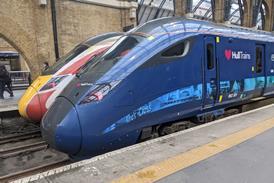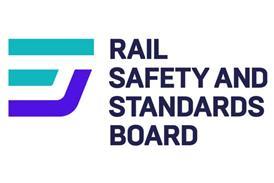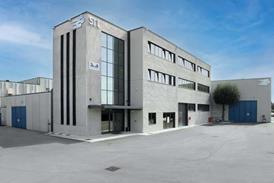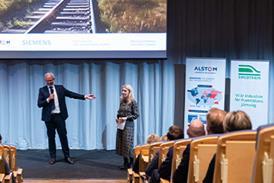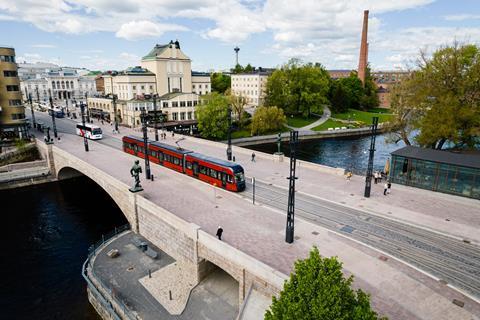
FINLAND: Full commercial services on the first phase of the Tampereen Ratikka light rail line in Tampere began running on August 9, following celebratory events the previous day.
The start of revenue operation follows a period of test running which saw pre-booked passengers able to travel from May 10.
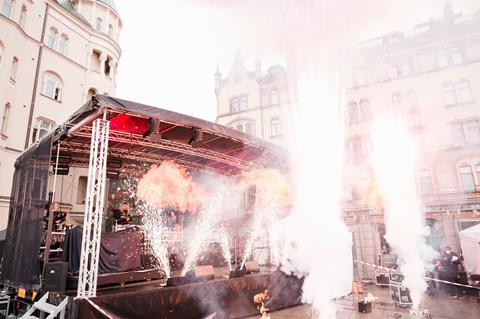
The city government emphasised that the tramway was not only a transport project, but included significant investment in urban development that would make Tampere a more attractive place to live and work. The opportunity had also been taken to undertake utility renewals.
Tampere is the most populous inland city in the Nordic countries, with around 235 000 inhabitants. This figure is forecast to reach 280 000 by 2040, while the population of the wider urban area is expected to increase from 353 000 to 460 000.

‘The tramway is a public transport solution, but also, to the greatest extent possible, supports urban development’, said Mayor Lauri Lyly. ‘In 2014-17, 8 500 apartments were built in Tampere. Between 2018 and 2021, 15 000 apartments will be completed. Most of these homes have been built along the tram route’.
The city said the tramway was an investment in ‘a cleaner and smoother everyday life’, improving air quality and increase comfort. The trams are powered by green energy, and each vehicle has the capacity of three buses, reducing congestion in the city centre.
Anticipating that the tramway would make the everyday life of residents, commuters and visitors easier, Lyly said it formed part of the city’s plans to address climate change by increasing the market share of sustainable transport. This wider programme includes the development of commuter services, cycling, an hourly inter-city train to Helsinki and ‘smoothing’ of car flows.
First phase
The first phase of the Y-shaped tram network comprises an 11·5 km route between Pyynikintori and Hervantajärvi, with a 4·7 km branch from Sammonaukio to Tampere University Hospital and Kaupin Kampus, serving a total of 23 stops.
A second stage would see the line extended westwards from Pyynikintori to Lentävänniemi, adding another nine stops and taking the network to 23·5 route-km.
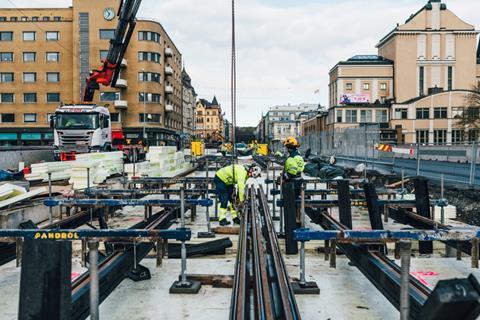
The 1435 mm gauge tramway has been built by a consortium of YIT Suomi, NRC Group Finland (which acquired VR Track), AFRY (formerly Pöyry) and Sweco. The city gave the formal go-ahead in November 2016, and construction beginning in March 2017.
Implementation was managed through the Tampereen Raitiotie alliance between the construction consortium and the city government. ‘Sitting at the same table from the development stage onwards has increased trust between all parties’, said alliance CEO Pekka Sirviö. ‘Commitment to common goals from the outset was the key to the success of the project. Together we win, together we lose’.
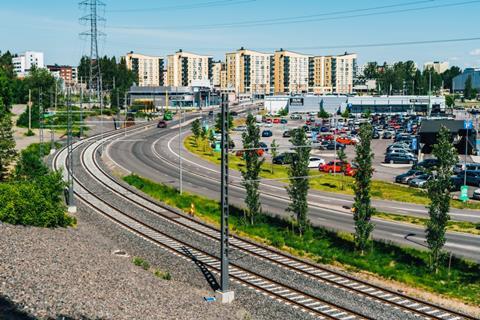
As the project evolved, the inclusion of parallel urban development works increased the overall budget from an initial estimate of €219m to around €250m for the tramway and €50m for other works.
However, the city said the final cost had come in €34m under the revised budget. It believed that combining the works made financial sense, and would minimise disruption in the longer term.

Arcelor Mittal supplied the rails, and Vossloh provided an HSG-city grinding machine. Teleste and JC Decaux were awarded a contract to supply 90 double-sided TFT LCD passenger information displays for the stops and maintain them for seven years.
Trams for Nordic conditions
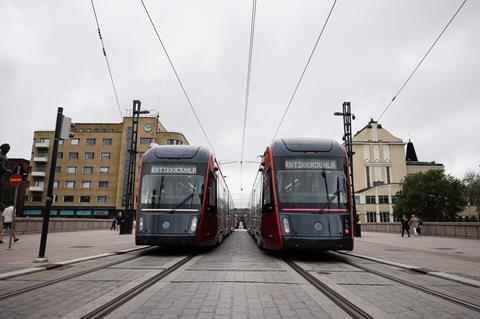
Škoda Transtech has delivered 19 trams under a €104m contract which includes 10 years of maintenance and options for up to 46 more vehicles. Etteplan supported the production of technical documentation.
The ForCity Smart Artic X34 cars are three-section bidirectional 100% low-floor vehicles, 37·3 m long and 2 650 mm wide. They can carry up to 264 passengers, with 64 fixed and 40 tip-up seats and space for six wheelchairs and six bicycles. With all wheels powered, the cars have a maximum speed of 80 km/h

Features for operation in Nordic conditions include double glazing and heated floors for the winter. The air-conditioning is designed to maintain an interior temperature of 21°C while the outdoor temperature varies between -35°C and 35°C. The red-and-black livery was selected through a public vote.
National railway VR Group won the contract to operate the tramway, which is valued at around €7m/year over 10 years.
- The Tampere tram project was described in depth in the Autumn 2019 issue of Metro Report International magazine, which subscribers can read online.

